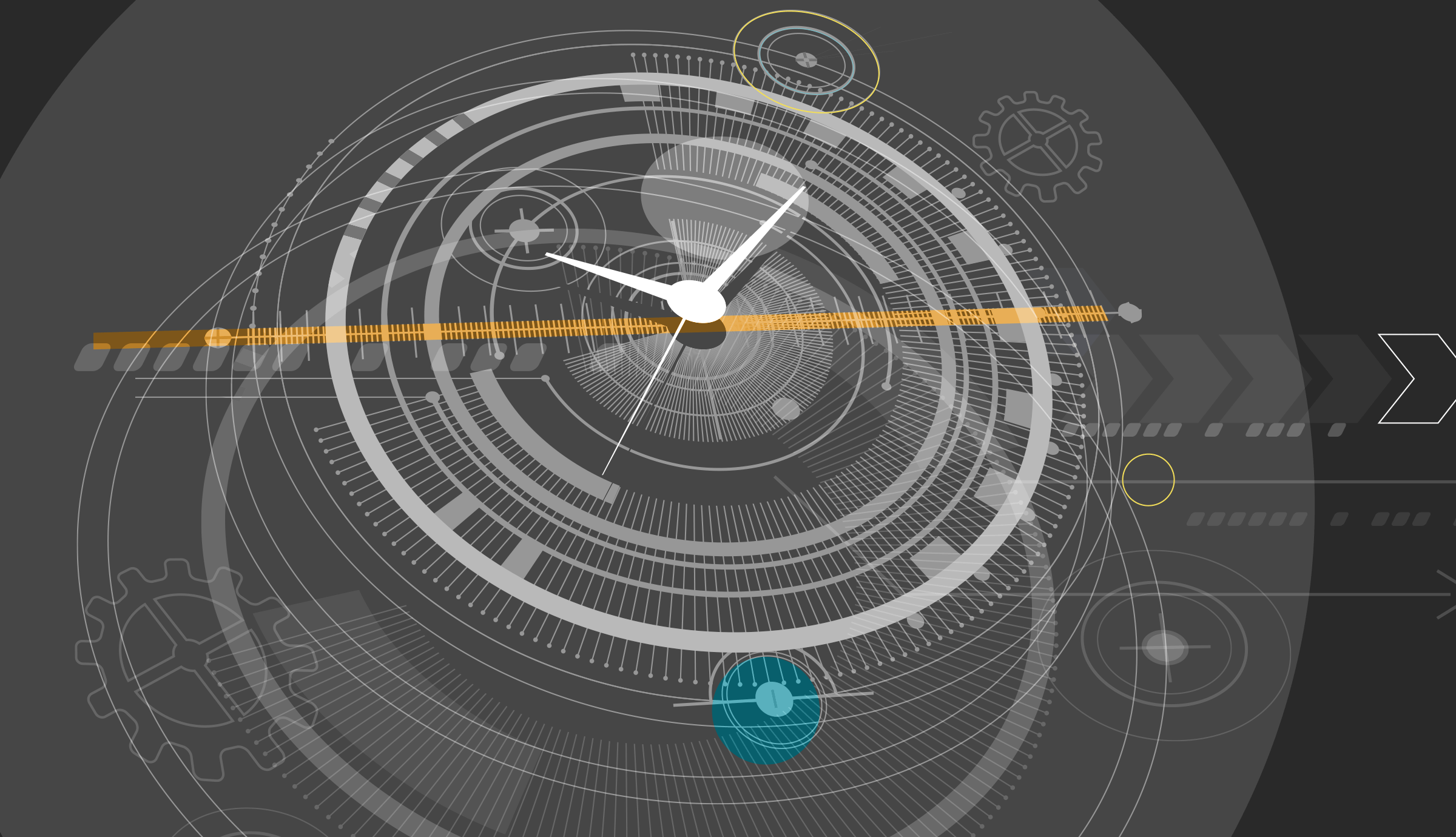Today we have transatlantic cables of massive capacity, handling all sorts of telecom traffic (including the internet). However, these submarine cables had a modest beginning. The first successfully deployed commercial transatlantic cable was in 1866, after a decade-long series of less successful attempts. Sending messages over this cable was incredibly expensive.
The cost of speed in 1866
The 1866 transatlantic cable could transfer 8 words a minute, and initially it cost $100 to send 10 words ($10 per word and a 10 word minimum).
That was 10 weeks’ salary for a skilled workman of the day. After inflation, $100 translates to about $1,340 today. Due to the cost, it was mainly used by the British and American governments and large corporations.
It should be mentioned that after a while they cut the prices to a “mere” $46.80 for 10 words.
For truly urgent information, cost clearly wasn’t an issue. A New York Tribune editor spent $5,000 in 1870 to transmit one report about the Franco-Prussian War.

A larger version of this image can be found over at Wikipedia.
The 1866 transatlantic cable was laid out by the Anglo-American Telegraph Company, a company founded specifically for this reason by Cyrus West Field, a pioneer in the field.
The past 150 years
A lot has happened with our transatlantic cables in the last 150 years. Here is a look at how the capacity has changed over time.
| Cable | Year | Speed or Capacity |
|---|---|---|
| Atlantic, Ireland-Newfoundland | 1858 | A few words per hour |
| Atlantic, Ireland-Newfoundland | 1866 | 6 – 8 words per minute |
| Long cables with automatic transmitting equipment | 1898 | 40 words per minute |
| Newfoundland-Azores | 1928 | 2,500 characters per minute (~400 wpm) |
| Atlantic, TAT-1 | 1956 | 36 telephone channels |
| Atlantic, TAT-2 | 1959 | 48 telephone channels |
| Atlantic, CANTAT | 1961 | 80 telephone channels |
| Atlantic, TAT-3 | 1963 | 138 telephone channels |
| Atlantic, TAT-4 | 1965 | 138 telephone channels |
| Atlantic, TAT-5 | 1970 | 845 telephone channels |
| Atlantic, TAT-6 | 1976 | 4,000 telephone channels |
| Atlantic, TAT-7 | 1978 | 4,000 telephone channels |
| Atlantic, TAT-8 | 1988 | 280 Mbits/s (40,000 telephone channels) |
| Atlantic, TAT-9 | 1992 | 2 x 565 Mbits/s (each 80,000 telephone channels equivalent) |
| Atlantic, TAT-10 | 1992 | 2 x 565 Mbit/s |
| Atlantic, TAT-11 | 1993 | 2 x 565 Mbit/s |
| Atlantic, TAT-12/13 | 1996 | 2 x 5 Gbit/s |
| Atlantic, TAT-14 | 2001 | 640 Gbit/s (9,700,000 telephone channels equivalent) |
| Atlantic, VSNL (TGN) | 2001 | 2 x 2,520 Gbit/s |
Something tells us that our uptime monitoring service wouldn’t have been much of a success in 1866…
Sources:
Wikipedia article about transatlantic telegraph cables.
The Great Transatlatic Cable from PBS.
History of the Atlantic Cable & Undersea Communications from FTL Design. (A great resource with a huge amount of information.)


























